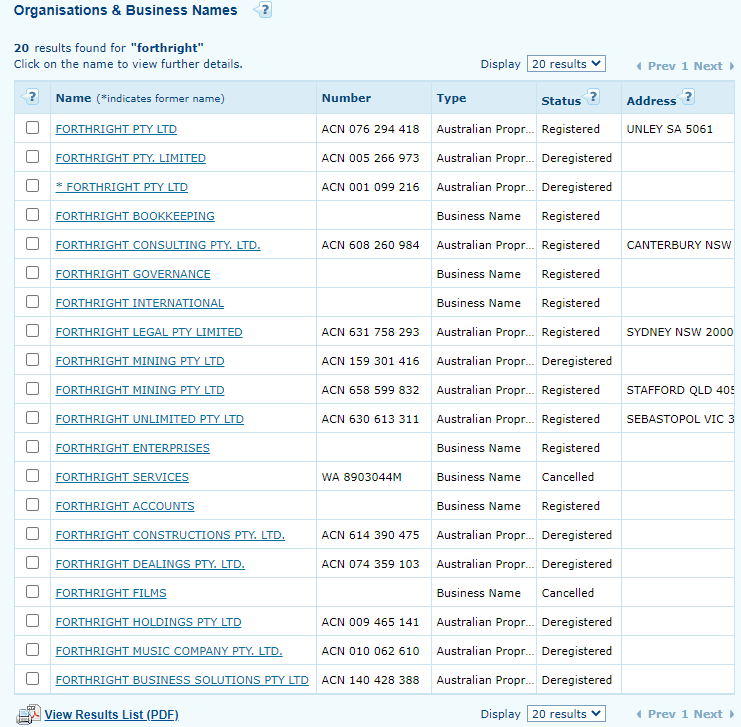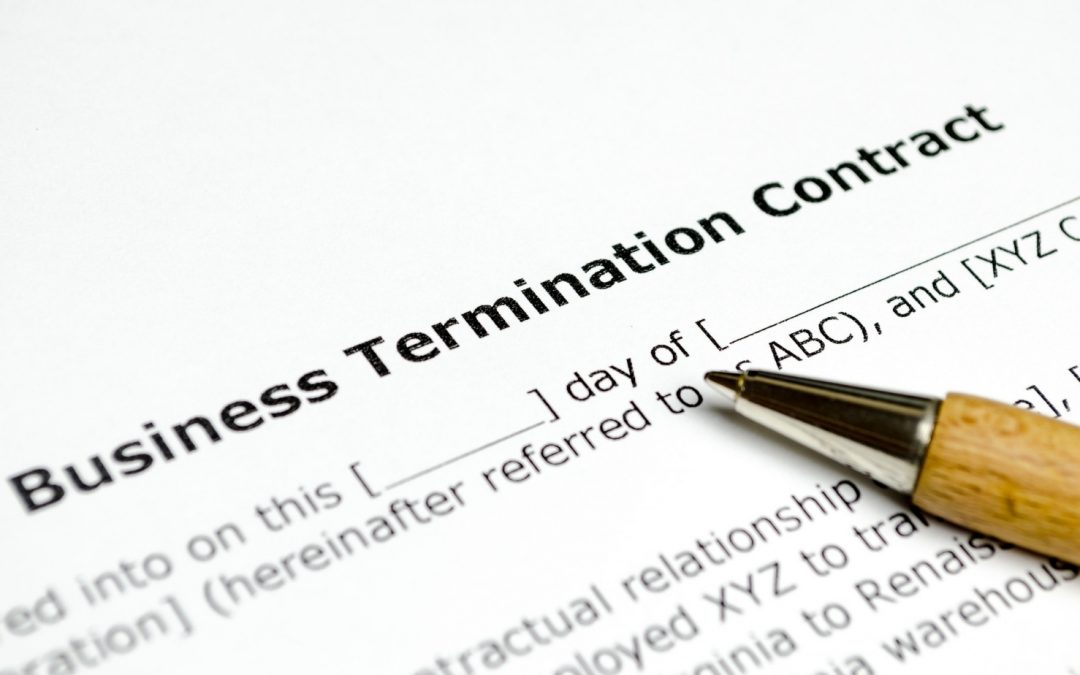
Revenue Share Deals for Online Business – the Legal Side
Revenue Share Deals for Online Business – the Legal Side
Revenue Share Deals for Online Business
What is a Revenue Share Deal?
Revenue share deals are a type of business agreement in which two parties agree to share the revenue generated by a specific product or service. The revenue is typically generated by sales, but it can also come from other sources such as advertising or subscriptions.
Revenue share agreements work well in the online business environment and are subtly different from a joint venture, although share many of the same features.
Whilst a joint venture might be intended for a specific project, and may also be time or project limited, revenue share deals can be perpetual and unending, provided the parties maintain their good working relationship.
Generally speaking, in a revenue share deal one partner has unique skills which can enhance the performance of a business beyond its current state (eg. strategy), and the other party has a business they want to improve, without the knowledge or experience to do so (eg. operations). As the operations person, the strategic partner often becomes your objective, trusted advisor and promoter, without having any control, ownership or decision making in the business.
This makes revenue share deals attractive to business owners who do not want to give up control or equity in what they have created, don’t have the immediate capital or cashflow to pay a high level advisor, but still want to leverage the knowledge and skills of an advisor.
It’s important to note that in a revenue share deal, both parties are sharing the risk as well as the rewards. If the product or service doesn’t sell well, both parties will earn less revenue.
Revenue Sharing Business Model Examples
1. Revenue sharing companies
Employee share schemes or other incentive programs, bonus payments to high performing distributors and distributions to shareholders are all forms of revenue sharing in companies. Whilst having an underlying performance base, typically the company retains control over the decision making around whether or not a distribution is made.
2. Sports and entertainment industries commonly use revenue sharing arrangements
Coaches and managers might take a share of the revenue a player or an entertainer receives from participating in an event. By way of example, for the popular sport of Australian Rules Football, the AFL Players’ Association requires agents to be accredited with them and publishes as a guide
“Typically agents won’t charge a fee during a player’s first season or if they are on a rookie contract. From their second year on a list, it’s usually in the 2% to five per cent range on any football payments a player earns. In relation to any commercial or promotional activities, the typical rate is 20 per cent.”
The league generates its revenue from the promotion of the game. Player salaries typically come from the revenue distribution to their club received from the governing league. This was highlighted in early 2023 when the association for rugby players rejected the salary cap issued by the NRL.
3. Commission and affiliate based arrangements
Straight commission or affiliate agreements without underlying retainers are really a revenue share model. Payment is calculated on each sale over a threshold, even if that threshold is only one sale. Sales are dependent on the efforts of the salesperson and the work of the salesperson only costs the business a percentage of the sale made. Provided that costs of the product or service are not excessive, both parties benefit.
4. Revenue Share in Ecommerce
Cost per click advertising is a form of revenue sharing, provided the click converts to a sale!
Advantages and Disadvantages of Revenue Sharing
Some Pros:
- equal risk to the parties, which can mitigate potential financial losses for either party
- revenue sharing is performance based – if either party stops performing, revenue decreases
- both parties can benefit from increased sales and revenue
- generally speaking, the contributions of the revenue share party extend the business beyond what the business owner could achieve on their own
- the revenue share party doesn’t have to acquire ownership or liability for businesses it partners with, but can generate a steady stream of revenue from the relationship
- easier calculation than profit share, as cost of sales is not taken into consideration
Some Challenges:
- revenue sharing arrangement require a high level of trust
- if a revenue party is brought in to improve strategy, the operations partner needs to be willing to change existing business practices
- it can have a slow start – strategic changes may take time to produce tangible increases in revenue
- an operations partner may not still see the value in the arrangement after the strategic implementations are completed and there is less input from the strategic party
Cons:
- revenue share works best where the product or service being sold has an identified market and demand
- revenue share works best with standard products and services, rather than bespoke offerings
- both parties are likely to be dependent on each other for revenue and success, which can create tension in the relationship
- the terms of the agreement may be difficult to renegotiate if one party is not satisfied with the arrangement
- revenue sharing arrangements are generally not attractive to strategic partners when the business is not ready for sales, or is ready, but hasn’t made any sales
- regulatory, environmental or social changes that significantly impact a business (think COVID impact on hospitality) can ruin a revenue share opportunity
Someone looking to rapidly scale may be seeking a significant involvement of the revenue share partner from the beginning, with feedback potentially reducing over time. It is important to understand that this is different from a standard coaching relationship and that the time contribution of the strategic partner may vary significantly over the life of the relationship, without changing their impact on the business, and therefore entitlement to revenue share.
Example Revenue Share Formula
Before establishing a revenue share model, it will be useful for you to consider what it is you want to achieve.
Consider an education and coaching business offering online programs with some live video coaching sessions.
The creator of the business has the knowledge and experience in the subject matter, but would like to increase sales, their current sales are $500,000 per year, which returns a profit. The creator enters into a revenue sharing agreement with a specialist online marketer for the purpose of increasing earnings from their existing products and services.
The revenue share formula might look like this:
– 12% of all sales revenue over $500,000 per annum
– sales are calculated 30 days after purchase and exclude any refunds or cancellations
– distribution of revenue share is made once per quarter for sales occurring in the 90 days ending 30 days before the end of the quarter
In this model, any additional costs incurred by the business do not need to be taken into consideration. The cost of changes in marketing recommended by the specialist online marketer will be covered in the balance (88%) of increase in revenue.
What to Think About Before Entering a Revenue Share Deal
Some things you might like to consider are:
- your role and expectations in the revenue share
- are you starting from a zero base, or is there existing revenue?
- what skills or attributes you are looking for in a revenue share partner
- the other party’s role and expectations
- structuring the deal
- the amount of revenue share
- what happens when the revenue share is not paid?
- what is the business is sold?
- what happens if one party wants out?
- meeting and reporting obligations
Ending a Revenue Share Agreement
It is important that you are clear on expectations and what will happen if the agreement ends. You will find the proposed revenue share agreement more useful if you can clearly identify any areas where there is potential for dispute and address those things in the agreement, up front.
Open and frank negotiation should always be the first resort (having some tough conversations) but that can stop being feasible if the relationship between the parties has broken down. It is important to have a quick and effective dispute resolution process to avoid damaging the business – the revenue source for each party. With international transactions, international commercial arbitration is often the most accessible and sensible course, but if the parties are in the same country, other options may be preferred.
It is common for there to be a form of earn out included when a revenue share agreement comes to an end by the operations partner. This is in recognition of the contribution of the strategic party’s efforts at the start of the relationship when the changes suggested took time before showing results. If the strategic partner wants out, depending on the reasons, the earn out might or might not come into effect.
It is also not unusual for a strategic partner to request an entitlement to a share of the revenue on a sale of the business, in place of that earn out arrangement. This is because revenue share agreements are so dependent on the relationship between the parties and are unlikely to be transferred to a new owner of the business.
How can Onyx Legal help you?
Make an appointment with one of our team to discuss how to implement a revenue share model for your business.
If you are considering a revenue share deal, download our Revenue Share Questionnaire here to help you get started.







Recent Comments